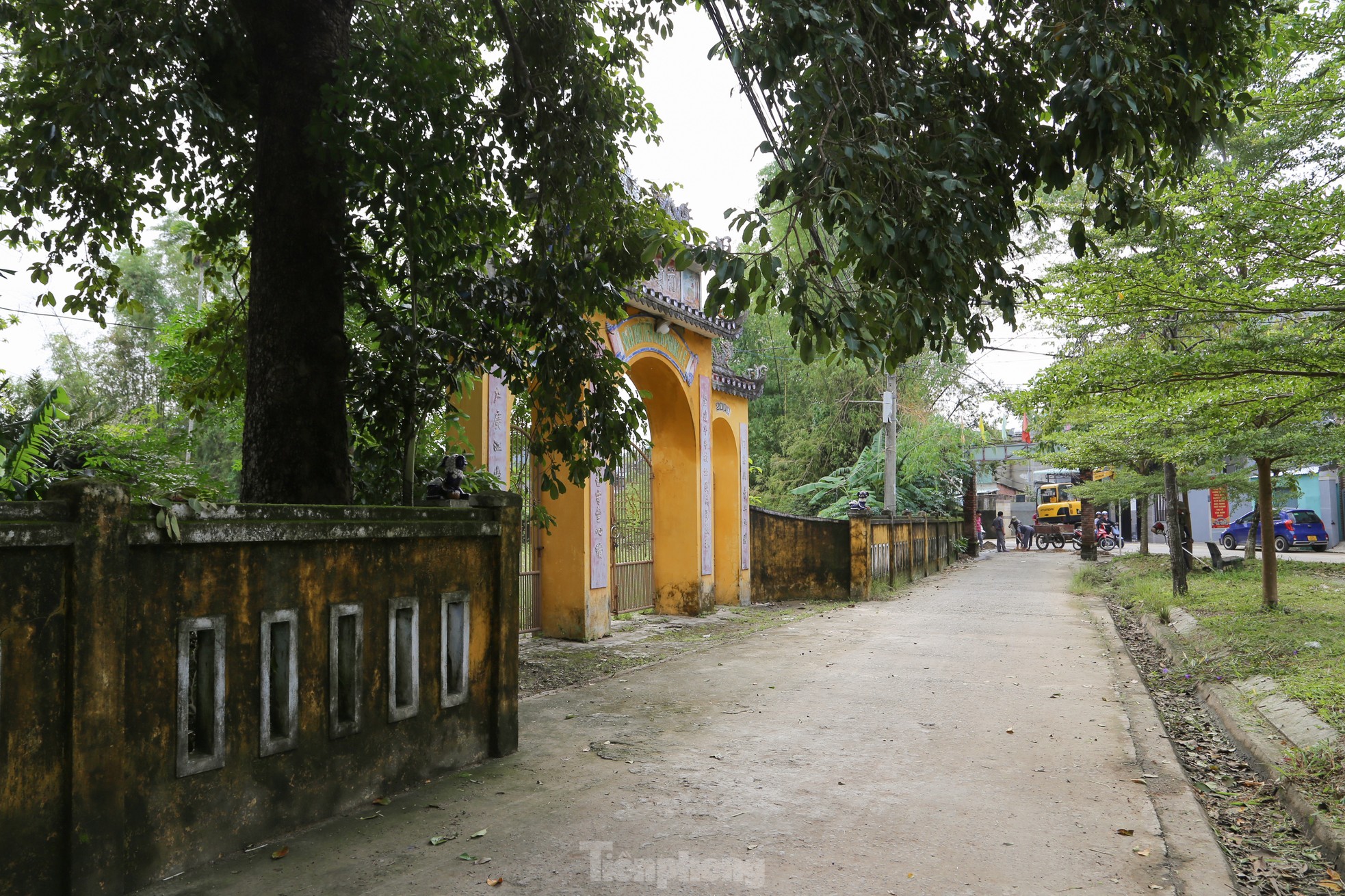A peaceful, century-old village nestled in the heart of Da Nang. Video: Giang Thanh.
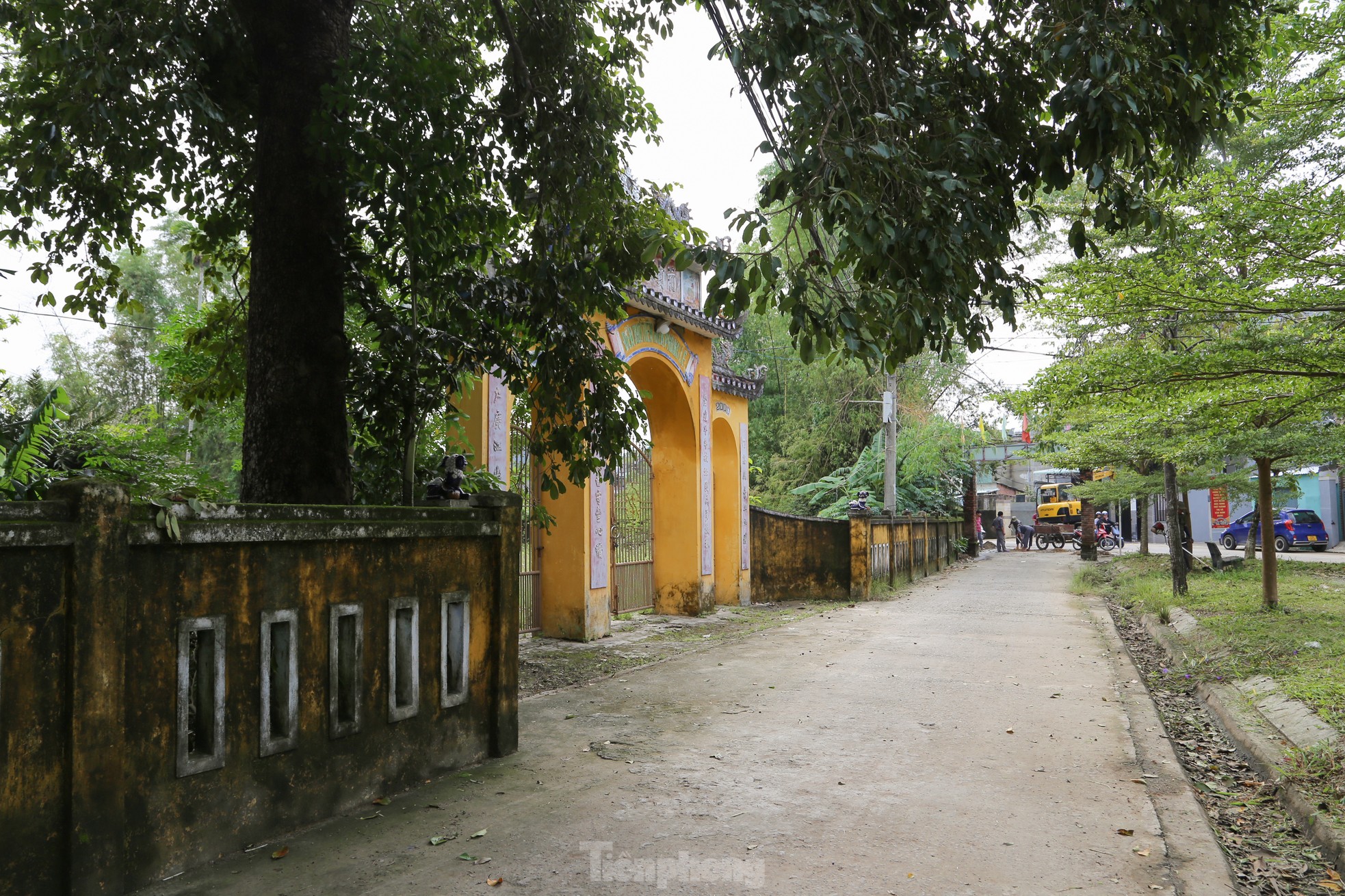
The ancient village of Phong Nam is located about 10km from the center of Da Nang, covering an area of approximately 1.62 km2. Despite being over a hundred years old, the village has preserved its ancient and rustic charm. Photo: Giang Thanh.

The name Phong Le first appeared during the Ho dynasty in 1404, belonging to the region of Da Ly (encompassing most of what is now Hoa Vang district). In 1841, during the reign of King Thieu Tri, the name Da Ly was changed to Phong Le, signifying the “pioneering village in land reclamation and expansion to the south.”

In 1896, during the reign of King Thanh Thai, the village of Phong Le was divided into two smaller villages: Phong Le Bac (Phong Bac) and Phong Le Nam (Phong Nam). The name Phong Nam (now Phong Nam village) was officially established.

Along the main road leading to the village stands the Tien Hien ancestral house, honoring the pioneers who founded and developed the village of Phong Le. This is one of the oldest cultural and spiritual landmarks in the region.




Every year, on the anniversary of the death of the village pioneers, representatives of the various clans gather at the Tien Hien ancestral house to pay their respects and express their gratitude to their ancestors. The ancestral house is a place of worship for nearly 30 clans, among whom 17 clans are honored as pioneers and successors.



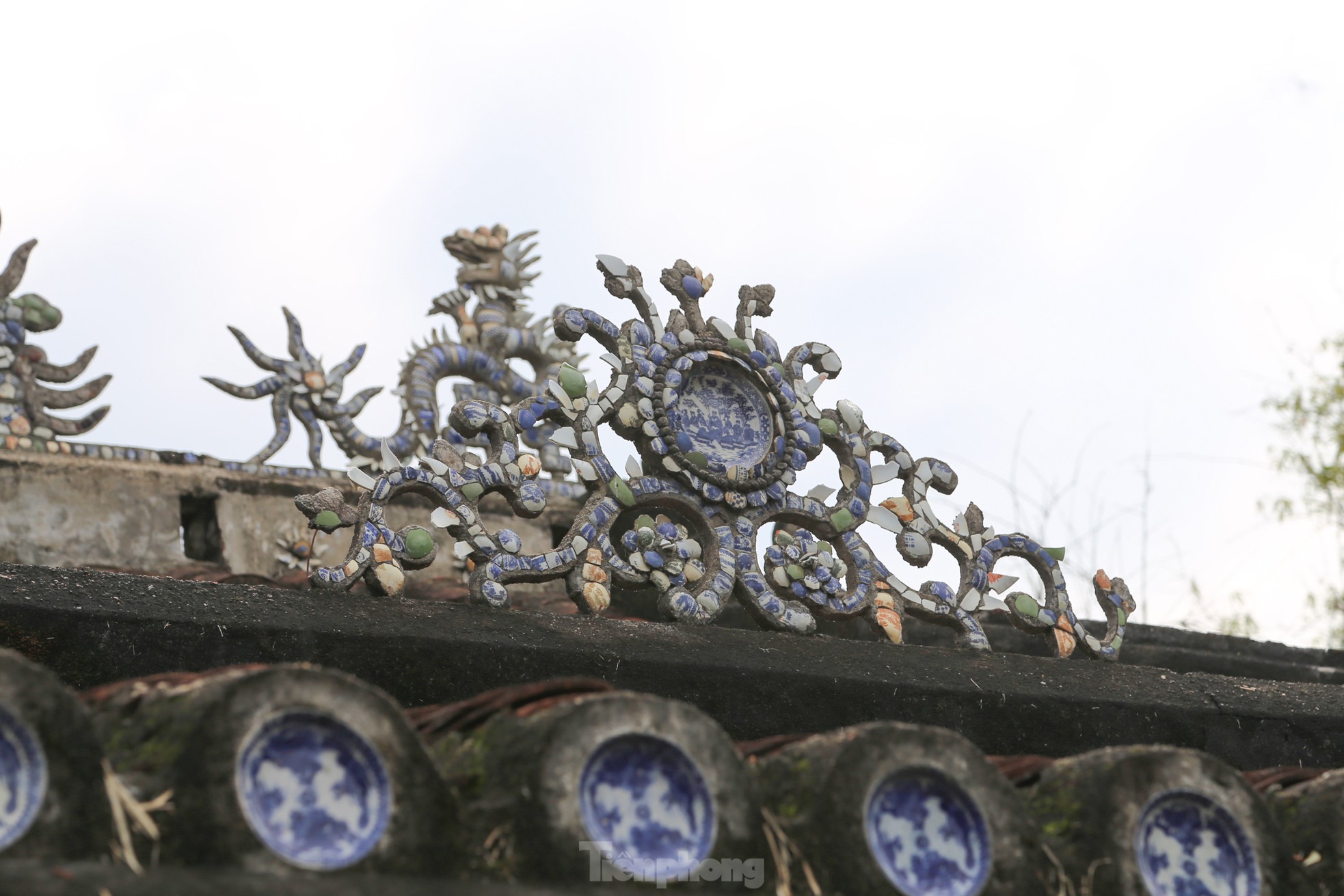
The exterior of the Tien Hien ancestral house is adorned with images of dragons, unicorns, tortoises, phoenixes, moons, bamboo, willows, pine trees, and apricot blossoms, along with yin-yang roof tiles. This space holds spiritual and cultural significance for the clans, preserving the essence of a land steeped in history and rich in cultural traditions.

The ancient village of Phong Nam is also home to numerous centuries-old temples, pagodas, and shrines. Among them, five ancient houses have stood for almost two centuries, carefully preserved by generations of villagers.


In Phong Nam village, one can easily spot ancient houses nestled under the shade of bamboo and areca nut trees. Though weathered by time, these houses stand as a testament to the unique history and culture of the village.
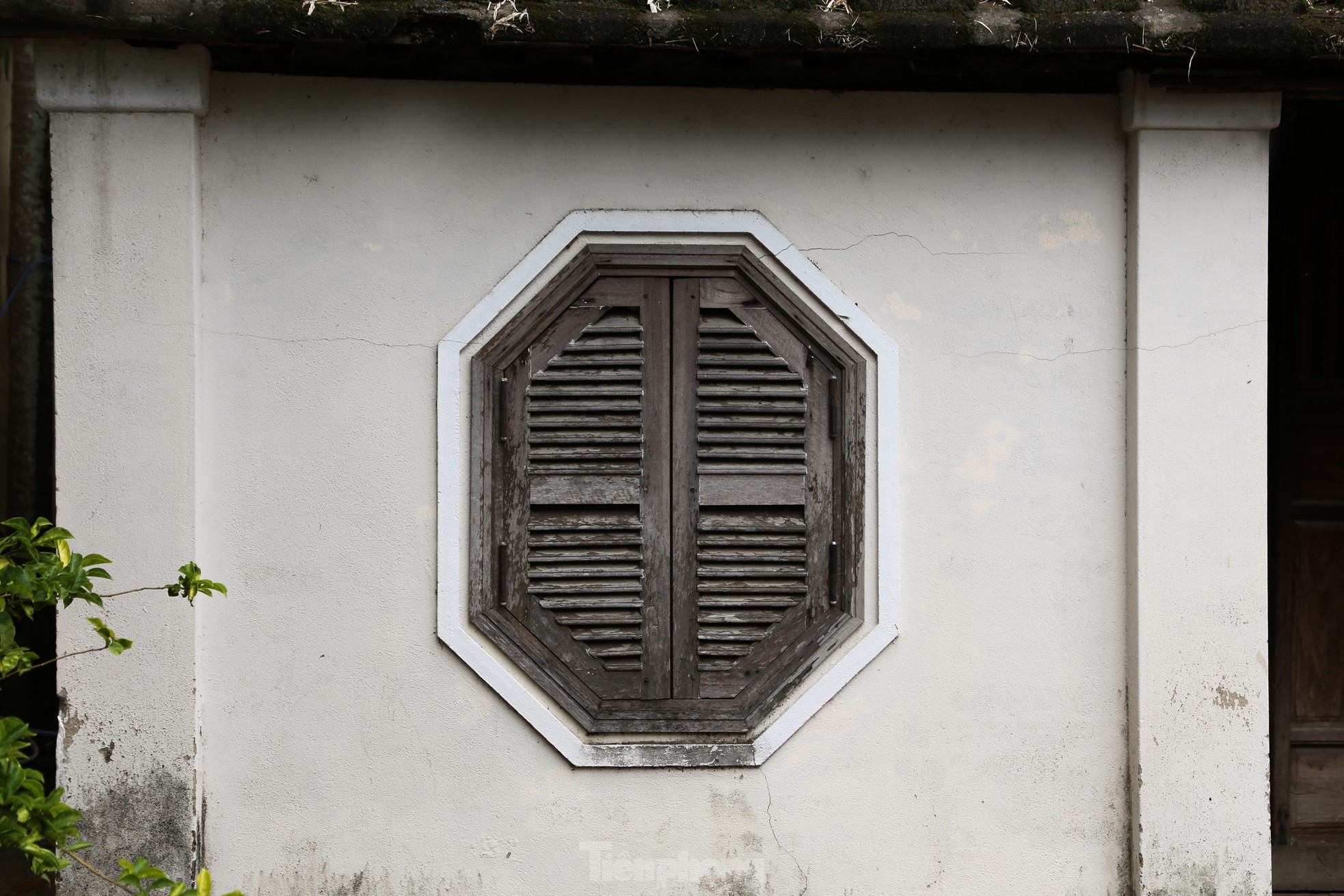
Today, despite the improved and more stable livelihoods of the villagers, the ancient houses remain well-preserved, standing proudly alongside newer, more modern homes, creating a unique blend of old and new in this region.

According to Mr. Ngo Van Xi (Head of Phong Nam village), the villagers have been dedicated to preserving and promoting the unique architectural values of this quaint village, transforming it into a popular tourist destination amidst the bustling and modern city of Da Nang.


The village boasts numerous ancestral houses, clan houses, temples, and shrines that retain their ancient architecture, including the Am Linh, Tam Vi, Thai Giam, Ba Hoa, and Than Nong shrines.
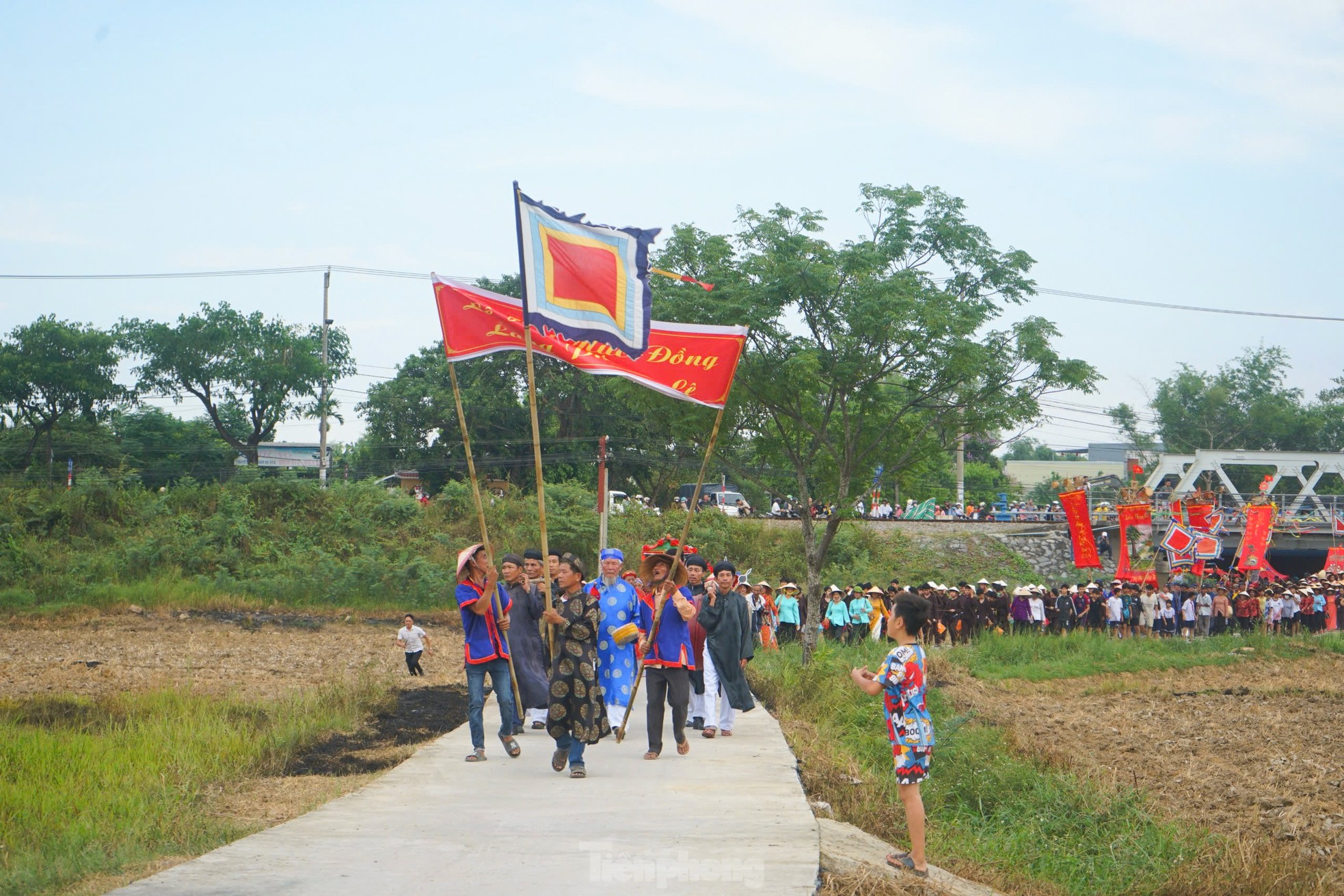

The village of Phong Le is known for its unique ritual of the God of Agriculture procession, carried out by the herdboys and named the Herdboys Festival. This festival continues to be celebrated annually, becoming a distinctive cultural tradition of this rural area.

Recently, the People’s Committee of Hoa Vang district proposed a project to build a “Characteristic Cultural Village” in Phong Nam village by 2030, with a vision towards 2045. The project aims to preserve and promote the historical and cultural values of the locality, boost tourism, and develop traditional craft villages. “With this initiative, the village’s unique charms will be further safeguarded. We also hope to develop rural tourism in conjunction with agriculture and eco-tourism to create sustainable livelihoods for the locals,” said Mr. Xi.
The Ancient Village’s 800-Year-Old Treasure: A Sanctuary for Healing
Nestled in the heart of Nam Dinh, Dich Diep Ancient Village transports visitors back in time with its serene ambiance, ancient temples, and a well that holds a secret – an 800-year-old treasure. This hidden gem, with its unique blend of historical and cultural attractions, has become a must-visit destination for those seeking a glimpse into Vietnam’s rich and ancient past.

























